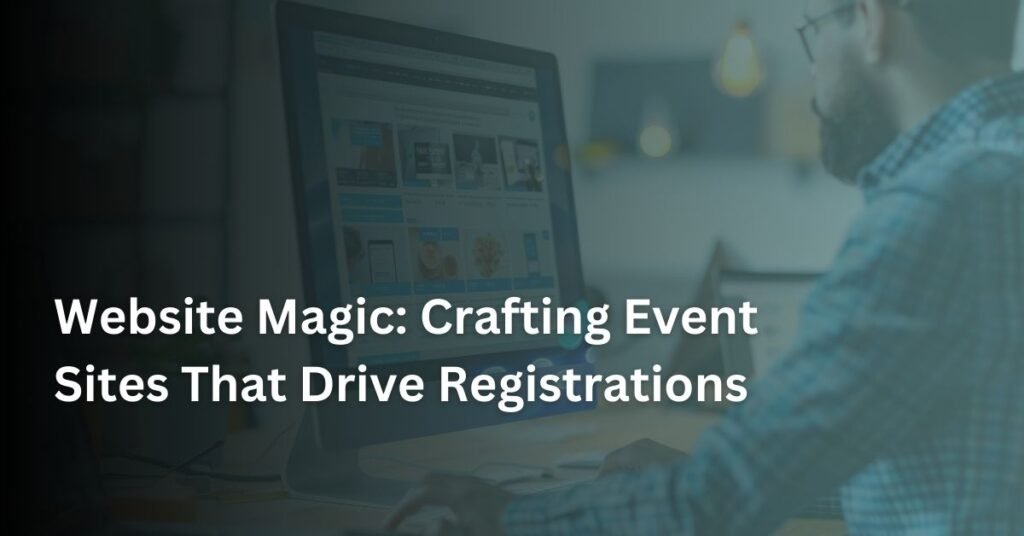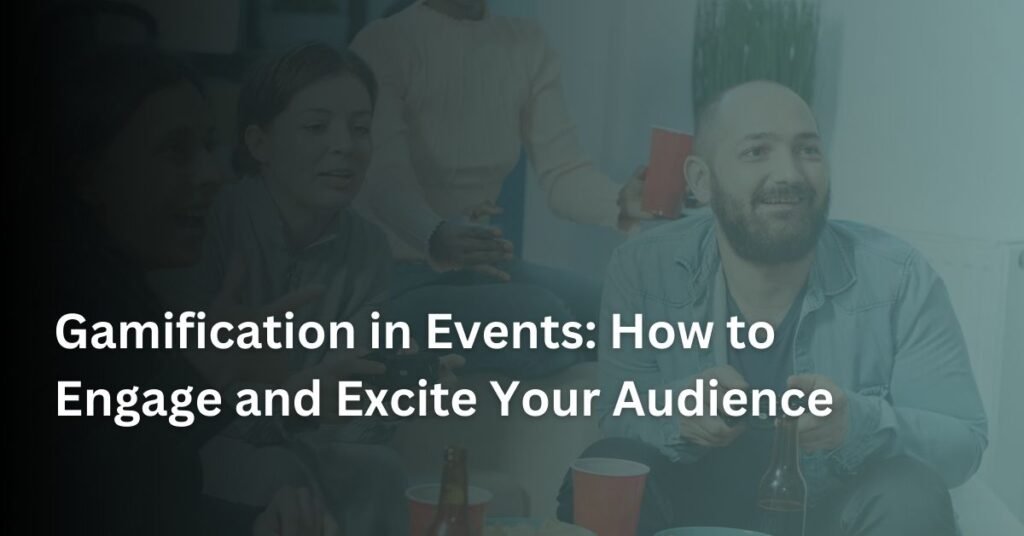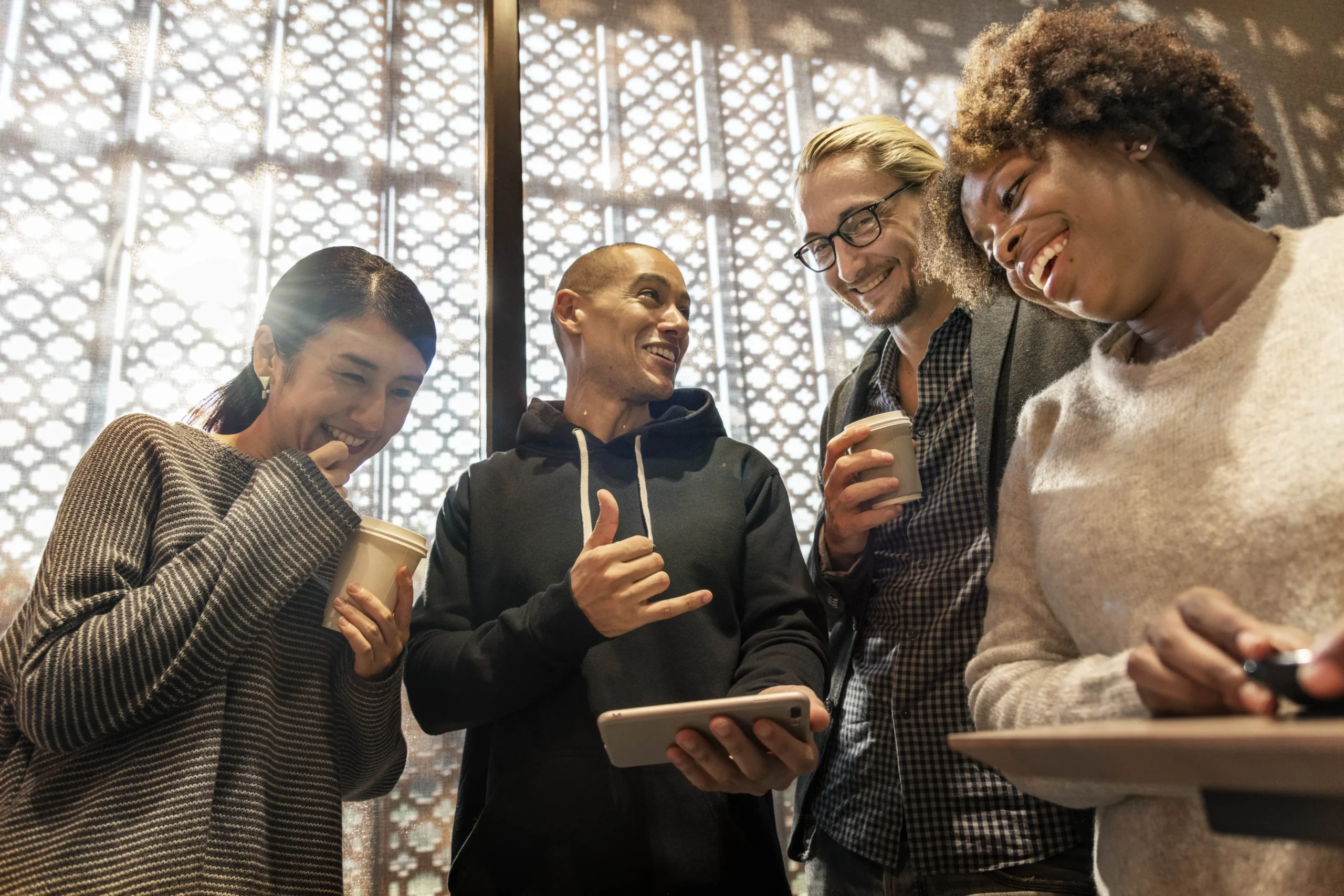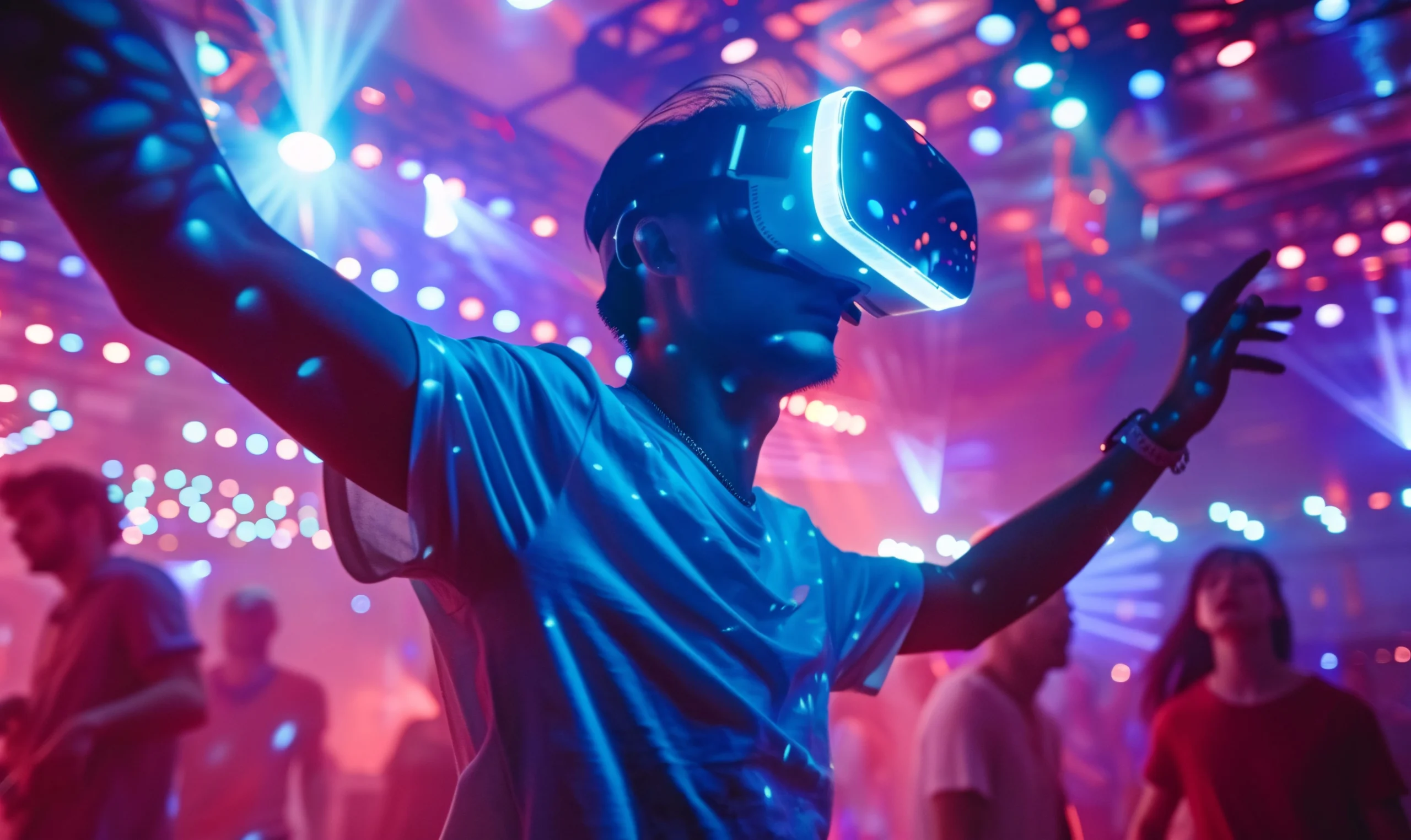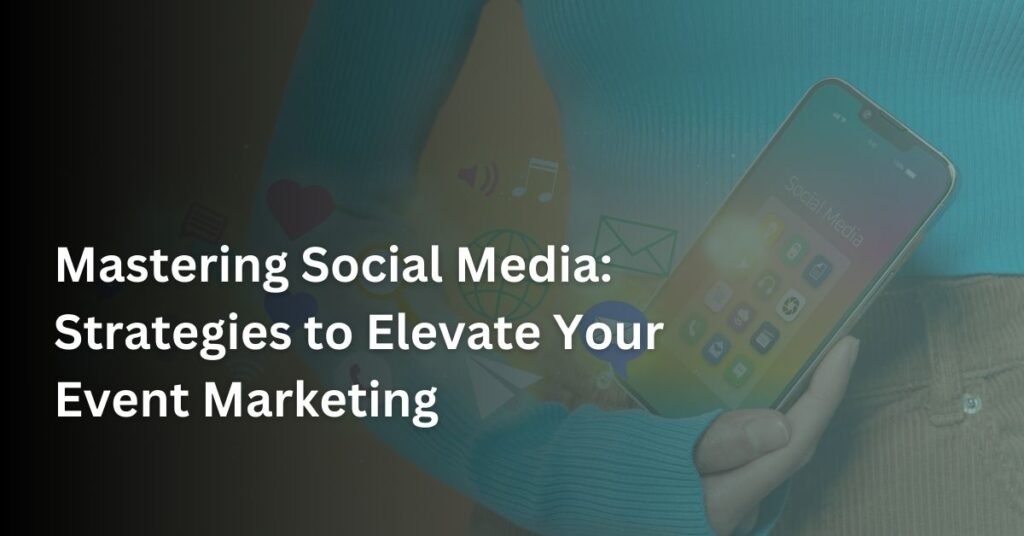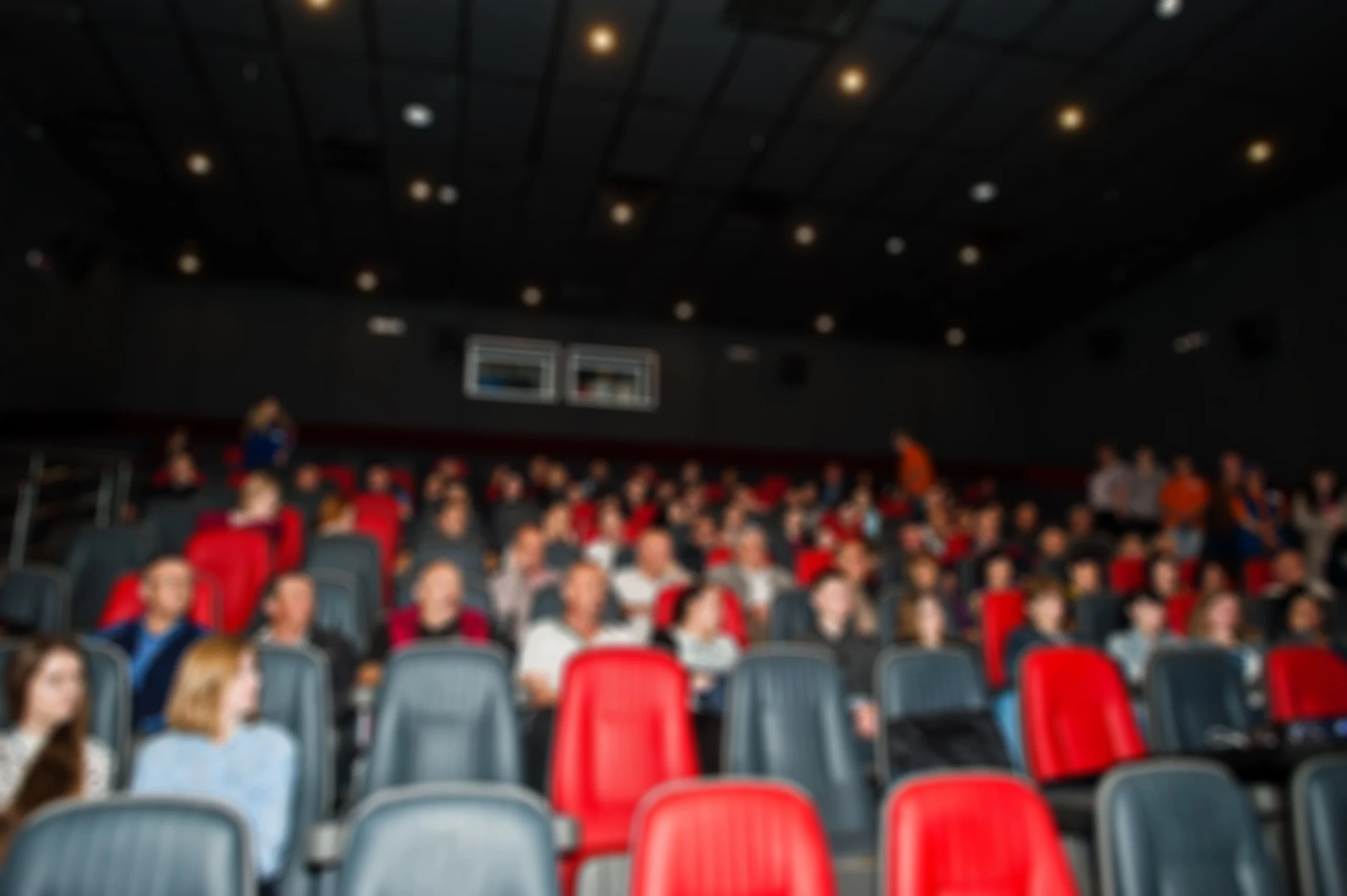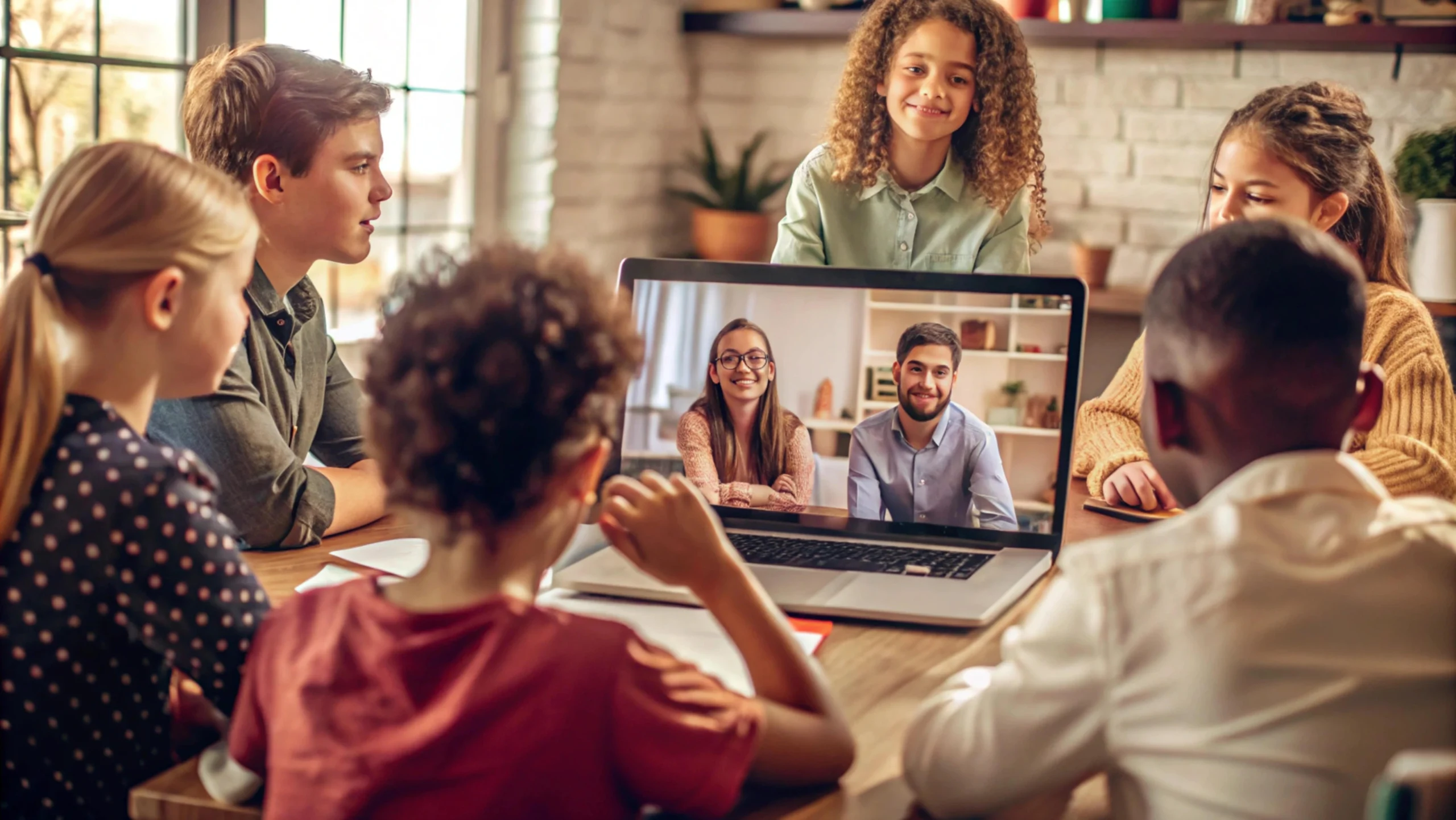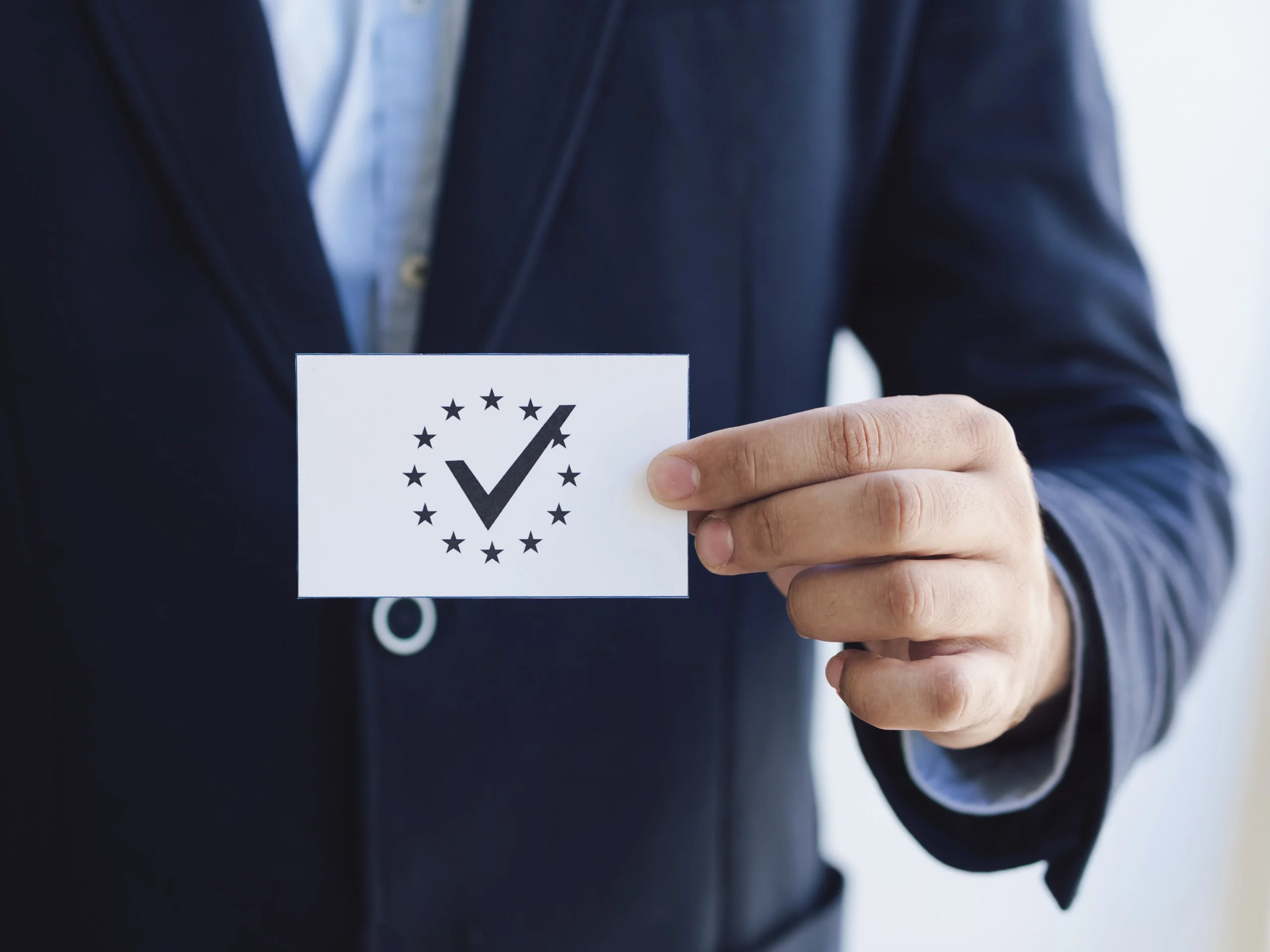Website Magic: Crafting Event Sites That Drive Registrations
A well-designed event website is the foundation of successful event marketing. Not only does it serve as a hub of information, but it’s also the most powerful tool for converting visitors into attendees. But what exactly makes an event website stand out from the crowd? Let’s dive into the key elements that can transform your event site into a registration-driving machine.
1. Simplified User Experience (UX)

One of the most important factors in driving registrations is making it easy for users to navigate your site. An intuitive, user-friendly design can significantly impact conversion rates. Visitors shouldn’t have to hunt for information—they should find what they need in a few clicks.
To improve UX, focus on creating a clear and concise navigation bar, utilizing effective call-to-action (CTA) buttons, and minimizing the number of steps it takes to complete registration. Studies show that event websites with shorter registration forms lead to higher completion rates, as noted by HubSpot.
2. Responsive Design for All Devices
With mobile browsing now exceeding desktop use, ensuring that your event website is fully responsive is crucial. Your website should look and function perfectly on smartphones, tablets, and desktops alike. Mobile-friendly event websites not only increase accessibility but also drive more registrations by providing a seamless experience for on-the-go users.
In fact, according to Google’s data, mobile-first websites see a 30% higher engagement rate. Ignoring mobile design can mean missing out on potential attendees.
3. Compelling Event Branding
Your event website should reflect the theme, tone, and experience of your upcoming event. Event branding involves more than just a logo—it’s about creating an emotional connection with visitors. Through consistent colors, fonts, imagery, and tone of voice, you can create a cohesive and immersive brand experience that excites potential attendees.
A study from Eventbrite reveals that 80% of event-goers are more likely to register when they feel emotionally connected to the brand. Craft a website that resonates emotionally to build anticipation.
4. Strong Call-to-Actions (CTAs)

CTAs are the key to getting visitors to take action. Whether it’s “Register Now,” “Learn More,” or “Get Your Ticket,” your CTA buttons should be clear, persuasive, and strategically placed throughout your website. The placement of these buttons matters just as much as the copy itself. Ensure that they are prominently featured in the header, sidebar, and after key sections of information.
Also, remember to use urgency in your CTAs. Phrases like “Limited Seats Available” or “Register Before Spots Run Out” can push visitors toward quick action, according to OptinMonster.
5. High-Quality Visuals and Videos
Stunning visuals and engaging videos are critical to capturing attention and holding it. Event sites that use high-quality images of past events or promo videos showcasing what to expect are more likely to leave an impression. These elements not only build excitement but also give a sneak peek into the experience potential attendees can anticipate.
According to research highlighted by Forbes, websites that include video can increase conversion rates by up to 80%. Videos, especially featuring past attendee testimonials, can inspire new visitors to register.
6. Event Details Front and Center
Visitors come to your event website to learn about the event, so make the key details easy to find. Include critical information such as dates, venue location, agenda highlights, speaker lists, and any other pertinent details that might sway a decision. Use clear headings, concise descriptions, and bullet points to make this information digestible.
It’s also helpful to offer downloadable resources, such as a PDF agenda or a speaker lineup, allowing users to save and share key event details, as recommended by Canva.
7. Social Proof and Testimonials

Leveraging social proof can greatly enhance the credibility of your event. Featuring testimonials from past attendees, speaker endorsements, or media coverage can reassure visitors that your event is worth attending. People are more likely to register if they see others praising the event.
Adding a section that showcases user-generated content, such as tweets or Instagram posts from past events, can also boost trust and excitement, as suggested by TrustPilot.
8. Integrated Social Sharing Options
Empower your visitors to become advocates for your event by integrating social sharing buttons on your website. A simple share button allows attendees and potential guests to spread the word on platforms like Twitter, LinkedIn, or Facebook. Make sure that any shareable content—such as your event promo video or blog posts—is optimized for social sharing with engaging thumbnails and descriptions.
Incorporating social proof and shareability into your site will help create a viral buzz around your event, as described by Buffer.
9. Early Bird and Group Discounts
Incentivize registrations by offering early bird discounts or group pricing. Early bird pricing is a tried-and-true strategy to drive early commitment from attendees, while group discounts encourage people to bring their colleagues or friends. By emphasizing these offers on your website’s registration page, you create urgency while increasing the likelihood of conversion.
Make sure these limited-time offers are clearly visible and paired with a countdown timer to further build excitement, as discussed by Event Manager Blog.
10. SEO-Optimized Content

For more such informational blogs and product insights, visit us at AttendeeGain. Looking for Branding or Digital Products Consultancy? check out BrandWorks.

Abhishek Kapoor
Abhishek Kapoor is the founder and creative head of BrandWorks Worldwide. His is an ex-Cvent and has worked in the event space for the last 13 years, providing branding and registration expertise to many clients globally.
Website Magic: Crafting Event Sites That Drive Registrations Read More »

